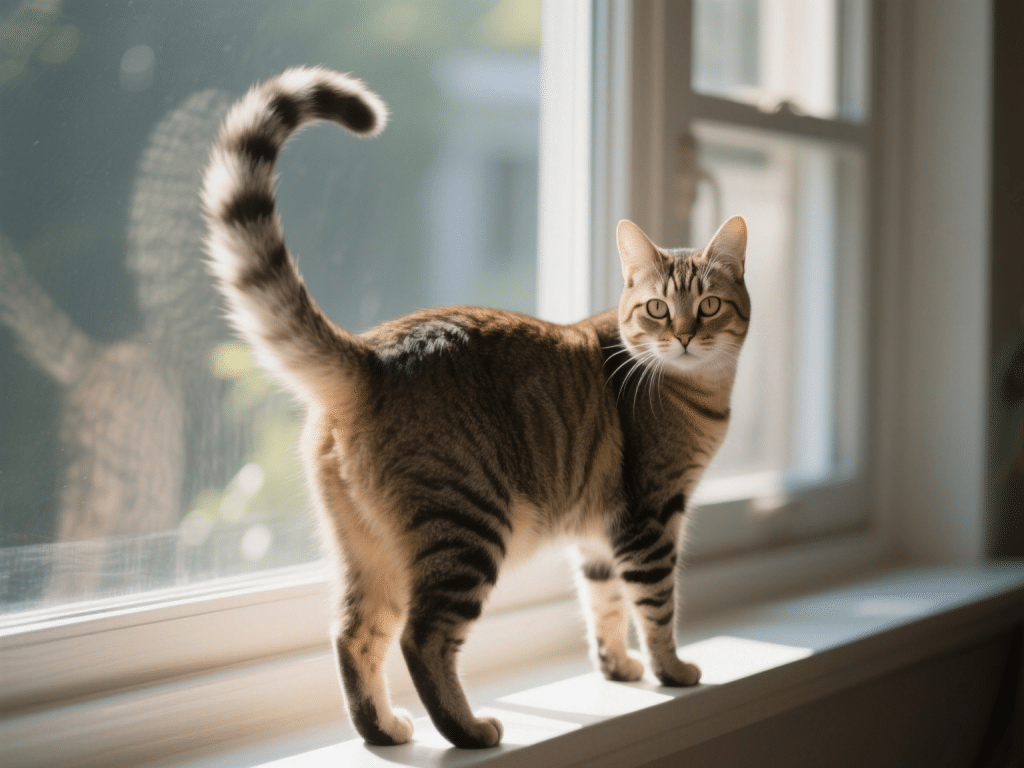Cat Grooming: How to Safely Remove Mats and Tangles

Long-haired and semi-long-haired cats enchant us with flowing coats—but mats and tangles can quickly turn beauty into pain. Severe mats trap moisture, attract debris, and irritate the skin. As a licensed groomer who specializes in gentle mat removal for feline friends, I understand the stress both owner and cat face. Here’s a step-by-step, humane guide to safely identify, soften, and remove mats—preserving your cat’s comfort and coat integrity.
1. Identify Mat Severity
Surface Tangles: Small, close-to-the-skin knots that respond to brushing.
Moderate Mats: Feels firm, lifts away in chunks; skin moves slightly under.
Severe Mats: Large, dense, adhered to skin; may hide sores—professional intervention often required.
Only treat surface tangles and moderate mats at home; seek a professional groomer or veterinarian for severe cases to avoid skin damage.
2. Gather Proper Tools
Wide-tooth Comb: Gentle detangling.
Slicker Brush: For light brushing around mats.
Mat Splitter or Dematting Rake: Specifically designed to cut through mats safely.
Detangling Spray or Conditioner: Cat-safe formula that softens fibers.
Styptic Powder: For any minor nicks.
3. Prepare Your Cat
Calm Environment: Choose a quiet room, dim lighting, and background classical music.
Short Sessions: Work 5–10 minutes max, offering treats and breaks.
Towel Wrap (“Burrito”): For nervous cats, wrap their midsection gently to prevent sudden escapes.
4. Softening Mats and Tangles
Spray the detangling solution generously on the matted area. Massage gently, allowing product to penetrate for 2–3 minutes. The fibers will loosen, reducing pulling sensation during combing.
5. Step-By-Step Mat Removal
Loosen Edges: Use wide-tooth comb at mat borders to free edges.
Gentle Work‐Through: Insert the dematting rake’s teeth just under the mat, pulling parallel to skin. Work in small sections—never tug vertically.
Trim as Last Resort: If a mat refuses to budge, use rounded‐tip scissors between fingers placed under the mat to shield skin. Cut slowly, monitoring skin proximity.
Brush Out Debris: Once the mat is gone, brush with slicker brush to restore coat smoothness.
6. Prevent Future Mats
Regular Brushing: Daily for long-haired cats; 2–3 times weekly for medium coats.
Seasonal Shedding Management: Increase grooming frequency during shedding seasons (spring/fall).
Nutrition & Hydration: High-quality diet rich in omega-3 fatty acids supports coat health—consult your vet for supplement recommendations.
Removing mats and tangles requires patience, the right tools, and a gentle touch. By softening fibers, working methodically, and praising calmly, you’ll rescue your cat from discomfort and maintain a lustrous, healthy coat. For challenging mats, professional groomers and vets stand ready to assist—ensuring safe, stress-free grooming experiences.






Comments on "Cat Grooming: How to Safely Remove Mats and Tangles" :